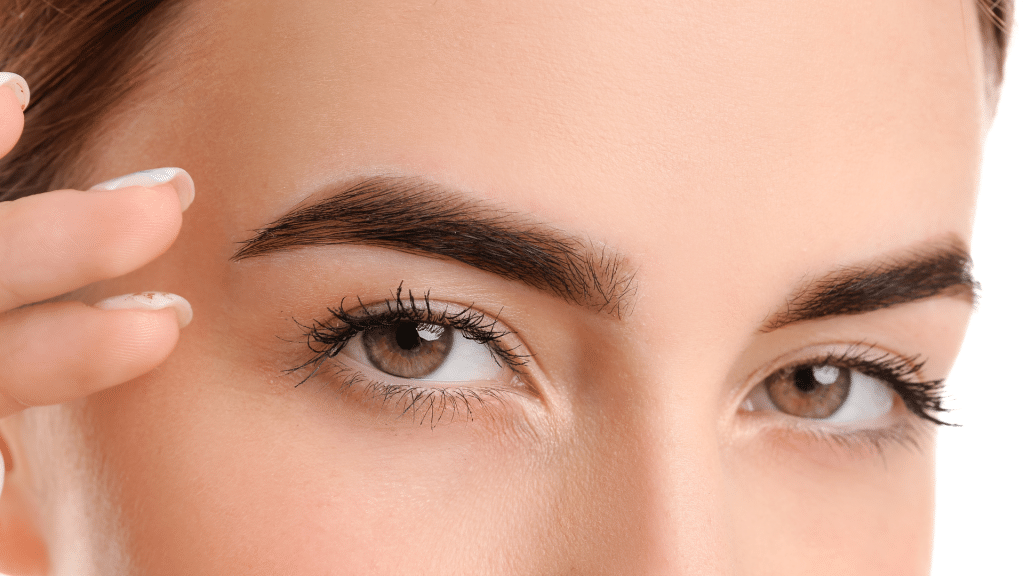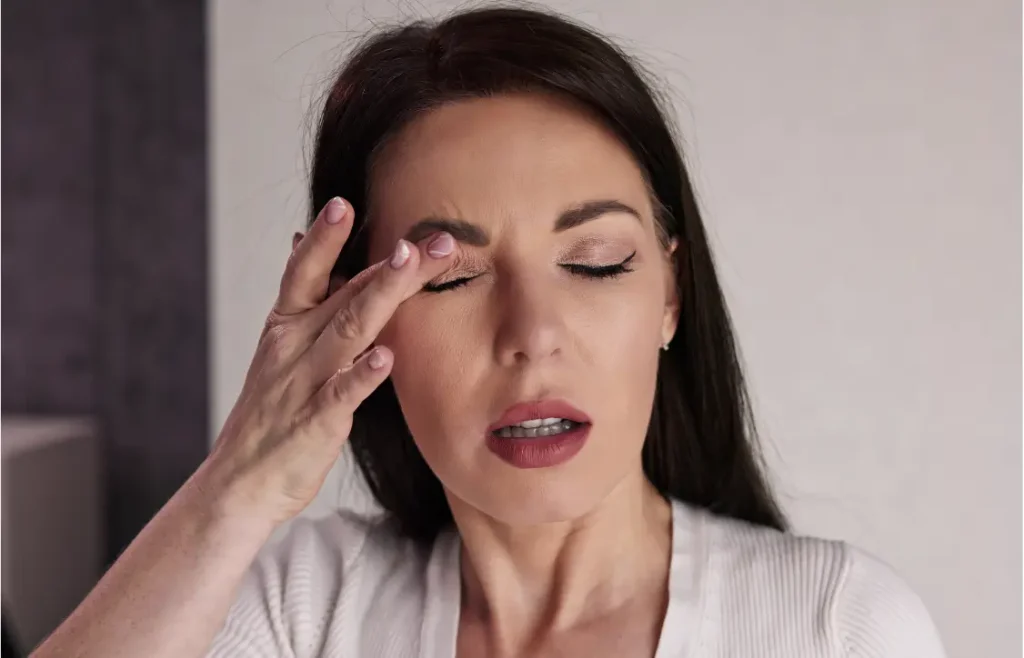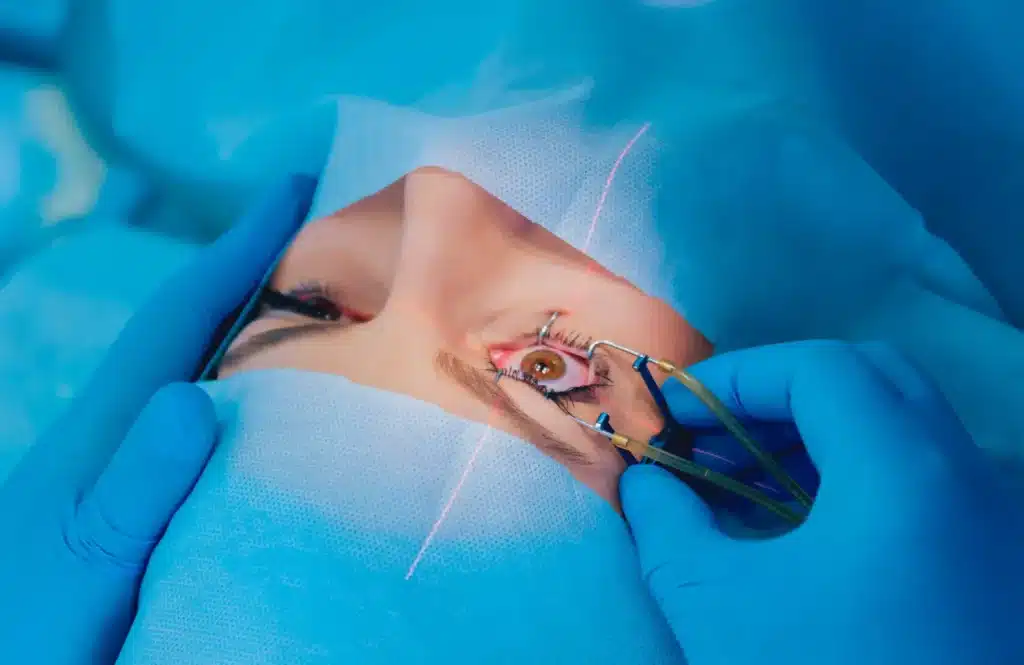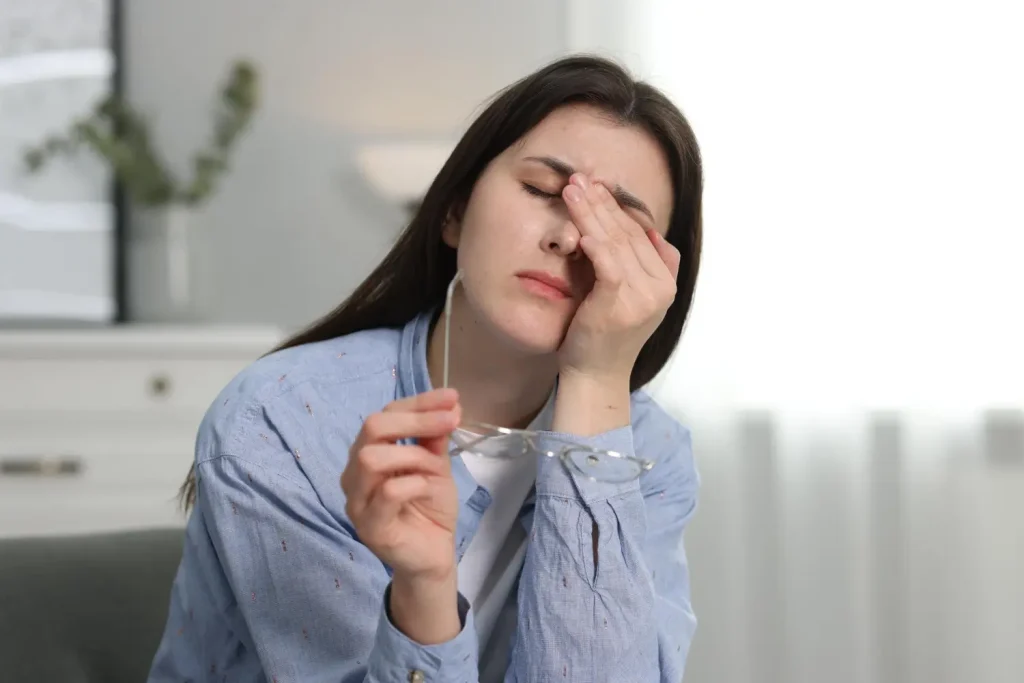Eyebrows play a pivotal role in facial aesthetics, with 60% of people favoring the soft angled eyebrow shape for its attractiveness. Most professional makeup artists have also found that having arched eyebrows can make a person look younger, leading many to find a convenient treatment to improve their eyebrows.
Latisse, a solution initially developed for eyelash growth, has piqued interest for its potential to enhance brow fullness. This transition from lashes to brows represents an intriguing off-label exploration of Latisse’s capabilities.
This article will explore the benefits and risks of using Latisse for eyebrow enhancement to determine if this off-label application is legitimate and effective for those seeking fuller brows.
Key Takeaways
- Latisse, a bimatoprost ophthalmic solution, is FDA-approved for enhancing eyelash growth.
- The off-label use of Latisse for eyebrow enhancement has gained popularity, but it raises concerns about safety, efficacy, and ethical considerations.
- Healthcare providers should approach off-label treatments responsibly, considering the potential benefits and risks for their patients.
About: Medical Spa RX provides medical practices with premium products at the best prices. If you’re looking to buy Latisse for your practice, the sales representatives at Medical Spa RX can give you guidance.
Understanding Latisse and Its FDA-Approved Use

Latisse is a prescription-only eye drop initially developed to treat glaucoma. In 2008, the FDA approved its use on the upper eyelids of individuals with sparse eyelashes. This solution contains 0.03% bimatoprost ophthalmic solution.
The FDA approval for Latisse signifies its safety and effectiveness in making eyelashes fuller and longer. The active ingredient in Latisse, bimatoprost, is crucial in this process. It prolongs the growth of the hair follicles and stimulates dormant follicles to grow.
While the exact mechanism of how bimatoprost boosts hair growth is not entirely understood, it is known to significantly increase the number of active hair follicles and encourage the development of previously inactive ones.
Rationale Behind Using Latisse for Brows
Latisse contains 0.03% bimatoprost ophthalmic solution. While the exact mechanism of how bimatoprost affects hair growth is not fully understood, it is believed to work uniquely with hair follicles.
This active ingredient prolongs the growth phase of hair and reactivates dormant follicles, encouraging them to grow. This mechanism has shown potential benefits for eyebrow hair growth, suggesting that Latisse can significantly enhance eyebrow thickness with minimal side effects.
Although Latisse is not FDA-approved for eyebrow use, evidence indicates that treatment over seven to nine months can substantially increase eyebrow fullness. Continued application is essential to maintain these results.
Clinical Evidence and Anecdotal Reports
Latisse gained FDA approval in 2008 as a treatment for sparse eyelashes, revealing its potential beyond glaucoma medication. Clinical studies have highlighted its efficacy for eyebrow growth, with promising results and minimal side effects.
- One individual reported using 0.03% bimatoprost for her eyebrows over nine months. She observed significant eyebrow growth and experienced almost no side effects, highlighting the effectiveness of the treatment.
- Another individual shared her experience with Latisse. She applied it to one eyebrow for six weeks and noted noticeable growth. After six weeks, she began using it on her other eyebrow to even them out, and she was pleased with the results. No adverse effects were reported during her usage.
- A participant in a study involving Latisse for eyebrow loss mentioned using the solution for seven months. Some participants used it once daily, others twice daily, and some were given a placebo. By the second month, it was evident that Latisse effectively promoted thicker, fuller, and darker eyebrows, and the participants expressed high satisfaction levels. Side effects were minimal.
- Additionally, another individual recounted using a lower dose of 0.01% bimatoprost solution on her eyebrows for six months. She experienced significant hair growth and few side effects, concluding that this treatment effectively addressed her sparse eyebrows.
Interestingly, despite concerns over potential adverse reactions, these unofficial accounts suggest minimal undesirable effects from using Latisse on eyebrows. Reports of skin darkening, eye itching, and redness appear rare among users who apply it for brow enhancement.
Side Effects and Safety Considerations

Latisse’s generic name is bimatoprost, a prostaglandin ethanolamide widely used for eyelash growth. However, its off-label use on eyebrows has different effects. Side effects specific to eyebrow application don’t include skin darkening, eye itching, or redness that are common with eyelash use.
- Some users experience a runny nose after applying Latisse to their eyebrows.
- Sinusitis can occur, leading to discomfort and the need for medical attention.
- Skin itching around the eyebrow area has been reported by several individuals.
- Upper respiratory tract infections may develop as a side effect of using Latisse on the brows.
- A few have encountered urinary tract infections during their treatment period for eyebrow growth.
Safety comes first with eyebrow treatments, especially when using products like Latisse off-label. The FDA approved it in 2008 for eyelashes, not brows. Doctors suggest a chat before trying it on eyebrows to avoid risks. It works well but may only suit some.
Ethical and Legal Considerations

Doctors must consider carefully prescribing Latisse for eyebrows since it is not FDA-approved. This raises significant ethical issues. Doctors must tell patients about the risks and that there is no FDA nod for eyebrow use.
It also means doctors have to weigh the potential problems and unknown long-term effects of using Latisse this way. Since patient safety is a top priority, being transparent and honest about these things is vital.
Allergan’s Latisse is only FDA-approved for eyelash growth on the upper eyelids. Despite this, some use it off-label for eyebrow enhancement, which raises essential legal considerations.
Off-label prescribing itself isn’t illegal and happens often in medical practice. Without FDA approval specifically for eyebrows, doctors must tread carefully. They should ensure patients are fully informed about the product’s intended use and the lack of approval for brow treatment.
Medical professionals must discuss all potential risks and benefits with their patients before proceeding with an off-label prescription like Latisse for eyebrows. This conversation includes discussing side effects and safety concerns and setting realistic expectations about outcomes.
Guidance for Medical Professionals

Doctors must always consider patient safety and the law when prescribing Latisse for eyebrows. Since the FDA approved Latisse 2008 only for sparse eyelashes, using it on brows is off-label.
This means doctors must ensure patients understand this use differs from what the FDA has reviewed or approved. They should tell patients about all possible side effects and check if there’s a different reason their eyebrow hair is thinning before suggesting Latisite.
They should know that the mechanism of bimatoprost—Latisse’s active ingredient—and how it promotes hair growth remain unclear. Before suggesting its use for eyebrows, professionals must evaluate potential causes of thinning eyebrows in patients.
Healthcare providers play a vital role in explaining possible side effects unique to using Latisess on eyebrows, distinct from those observed with eyelash application. This careful consideration ensures that medical advice remains rooted in understanding individual patient needs while adhering to approved prescription medication uses like Latisse.
Conclusion
Latisse for brows is a new choice for people wanting thicker eyebrows. Many doctors prescribe it, even without FDA approval for this use. Studies and user stories show good results with few side effects.
Yet, everyone should talk to a doctor before trying it on their brows. This way, they can ensure it fits their needs safely and effectively.
FAQs
1. Can I use Latisse on my eyebrows?
Yes, people use Latisse for their eyebrows, but it’s off-label.
2. Is it safe to put Latisse on my brows?
Generally, yes, but you should talk to a doctor first.
3. Will Latisse make my brow hair grow longer quickly?
It might help your brows grow thicker and fuller over time.
4. How long does it take to see results with Latisse on eyebrows?
You might start seeing changes in 4-6 weeks, with full results in about 16 weeks.
5. Do I need a prescription for using Latisse on my brows?
Yes, you need a prescription from a doctor to get Latisce legally.
References
Gitnux. (n.d.). Most attractive eyebrow shape. Gitnux. Retrieved June 20, 2024, from https://gitnux.org/most-attractive-eyebrow-shape/
Ash, T. (2023, April 19). Latisse for eyebrows: Does it work, how to apply, side effects. Ro. Retrieved from https://ro.co/latisse/latisse-for-eyebrows/
Ro. (n.d.). Latisse for eyebrows. Ro. Retrieved June 20, 2024, from https://ro.co/latisse/latisse-for-eyebrows/



















